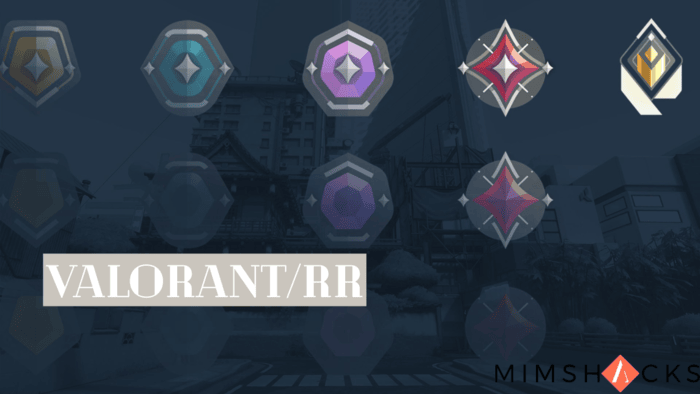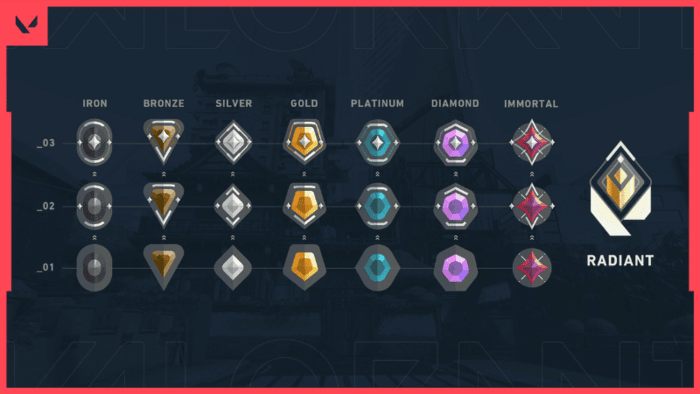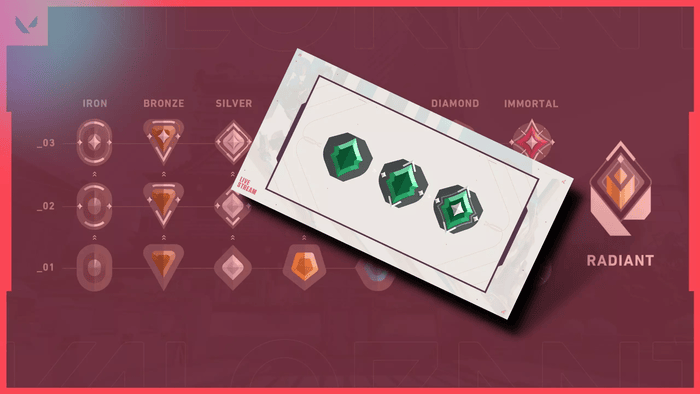How RR Works in Valorant and Ways to Earn More?
If you’ve ever been puzzled about why your rank improves dramatically after one match but barely shifts after another, it all comes down to RR.
Rank Rating, or RR, is one of the key components that determines your position on the competitive ladder in Valorant.
Gaining a clear grasp of how it works can help you make smarter decisions in your matches and monitor your progress more effectively.

What Is RR in Valorant?
RR stands for Rank Rating—the visible scoring system that tracks how close you are to ranking up or down in Valorant’s competitive mode.
You earn RR by winning matches and performing well, and you lose it by losing games or underperforming.
Reaching 100 RR in your current rank tier promotes you to the next level, while dropping to 0 may place you at risk of being demoted.
Key RR facts:
- Score ranges from 0 to 100 within each rank tier
- You gain or lose RR after every competitive match
- It is visible to players (unlike your hidden MMR)
- Your RR is partially reset at the start of every new Act

How Is RR Calculated?
Although Riot Games hasn’t released the exact algorithm to avoid potential abuse, players do know several core elements that influence RR movement:
- Match result: Winning earns RR, losing subtracts it
- Round difference: Winning by a large margin or losing narrowly can affect your score
- Individual performance: Strong gameplay can boost your RR gains
- Your current rank vs. MMR: If your MMR (Matchmaking Rating) is higher than your rank, your RR increases more quickly
- Opponent skill level: Beating stronger opponents generally gives more RR
The amount gained or lost usually falls between 10 and 30 points per match.
What Can Affect Your RR?
Here are some of the key factors that influence how much RR you gain or lose:
- Winning or losing streaks can amplify changes
- Going AFK or disconnecting will trigger harsher penalties
- Playing with teammates in very different ranks might shift the expected outcome
- Outstanding gameplay may earn performance bonuses
- Your previous Act’s highest rank can influence how your new Act starts
- Your hidden MMR will always affect RR adjustments behind the scenes

RR vs. MMR: What’s the Difference?
While both RR and MMR are used to determine your competitive position, they serve separate roles:
- RR (Rank Rating):
- Publicly displayed
- Determines your current competitive tier
- Resets partially with each new Act
- Adjusted by match outcomes
- MMR (Matchmaking Rating):
- Hidden from players
- Determines the opponents and teammates you’re paired with
- More stable and persistent over time
- Influences how much RR you gain or lose
Common Terms Related to RR
You may come across these related concepts while discussing rank progression in Valorant:
- Elo: A rating model first used in chess that inspired many gaming ranking systems
- Ranked Distribution: A breakdown showing how the player base is spread across all ranks
- Act Rank: A visual indicator of your peak performance and top wins during a given Act
- Placement Matches: Games that establish your starting rank at the beginning of a new Act
- Rank Decay: A system that reduces rank/MMR after inactivity, although not currently active in Valorant
- Competitive Tiers: Valorant’s rank divisions, from Iron to Radiant, with three subdivisions in each (except Radiant)
Whether you’re climbing the ladder or trying to maintain your position, knowing how RR works helps you understand your progress beyond just wins and losses.
Focus on consistent improvement, strong teamwork, and smart play decisions—your RR will reflect it over time.
Keep pushing forward, and with effort, your next rank could be just a match away.






